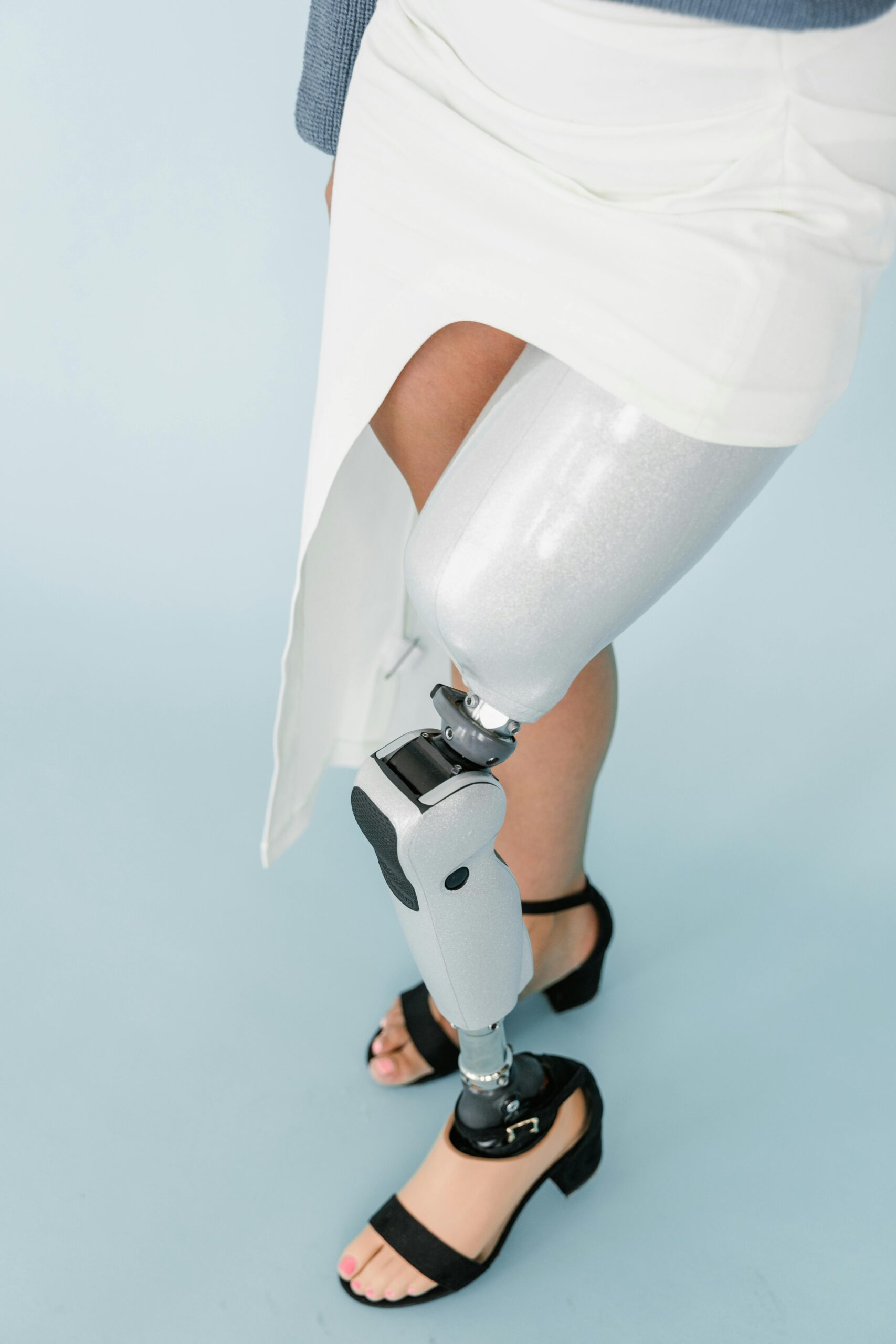Ankle replacement surgery is a medical procedure designed to help those experiencing severe ankle joint pain or mobility issues. This operation replaces the damaged joint with an artificial implant, improving motion and reducing discomfort for individuals who find daily activities challenging due to ankle-related conditions. If you’ve recently been recommended for this procedure or are exploring potential treatment options, it’s natural to have many questions.
What Is Ankle Replacement?
Ankle replacement is a surgical procedure aimed at addressing severe arthritis or injury in the ankle joint. It involves removing the damaged sections of the joint and inserting an artificial implant designed to replicate the natural function of the ankle. The primary goals are to reduce pain, restore motion, and improve overall quality of life. This procedure is often suggested when non-surgical treatments like physical therapy, medications, or orthopedic supports fail to provide adequate relief. Candidates for ankle replacement may include individuals with advanced cases of arthritis or those who have suffered a traumatic ankle injury.
What Are the Types of Replacement?
There are two main types of ankle replacement procedures. Each is tailored to the specific needs of the patient based on the joint’s condition and the overall health of the individual. It will be up to you and your care provider’s discretion as to which form of replacement will best suit your needs.
Partial Replacement
Partial replacement surgery is performed when only a specific portion of the ankle joint is damaged. Rather than replacing the entire joint, surgeons target and remove the affected area, installing a smaller implant to restore function. Partial replacements are generally recommended for individuals with localized damage or arthritis confined to a single area of the joint.
Total Replacement
Total ankle replacement involves replacing the entire ankle joint with an implant comprised of metal components and high-performance plastics. This option is ideal for patients with widespread arthritis or significant damage that affects the majority of the ankle. While total replacements may require a longer recovery period than partial replacements, they often provide improved joint stability and a longer-lasting solution for individuals with advanced conditions.
What Does Recovery Look Like?
Recovery from ankle replacement surgery varies based on the type of procedure performed, the extent of damage addressed, and the patient’s overall health. That said, the typical recovery timeline includes several standard phases. These include:
- Hospital Stay: After surgery, patients may remain in the hospital for a few days for observation. During this time, pain management and initial aftercare instructions are provided.
- Immobilization: The ankle is typically immobilized in a cast or splint for several weeks to protect the joint and support healing. Weight-bearing is often restricted during this phase.
- Physical Therapy: Patients typically begin physical therapy within a few weeks of the procedure. Therapy focuses on restoring mobility, building strength, and improving the range of motion in the joint.
- Gradual Return to Activities: Depending on individual progress, patients often return to normal activities around three or four months after surgery. High-impact activities may be restricted to protect the artificial joint.
Following the surgeon’s post-operative instructions, attending follow-up appointments, and adhering to physical therapy are key components of a successful recovery.
Ask Further Questions With a Medical Professional
While this guide provides a comprehensive overview of ankle replacement, it’s integral to discuss your specific medical condition and concerns with a healthcare professional. They can provide tailored advice based on your unique circumstances and guide you through the decision-making process. Reach out to your orthopedic specialist to explore the next steps in improving your ankle health.
- Is IXL Bad For Mental Health – 10 Hidden Effects You Shouldn’t Ignore!
- Why Do Orthopedic Surgeons Hate Podiatrists – Find Out!
- TimesHealthMag Fitness Nutrition Plans For Weight Loss – Proven Tips & Strategies!
- How TimesHealthMage Helps Improve Your Lifestyle Habits!
- Top Skincare Routines Shared On Timeshealthmag.com – Daily Radiance!


Leave a Reply